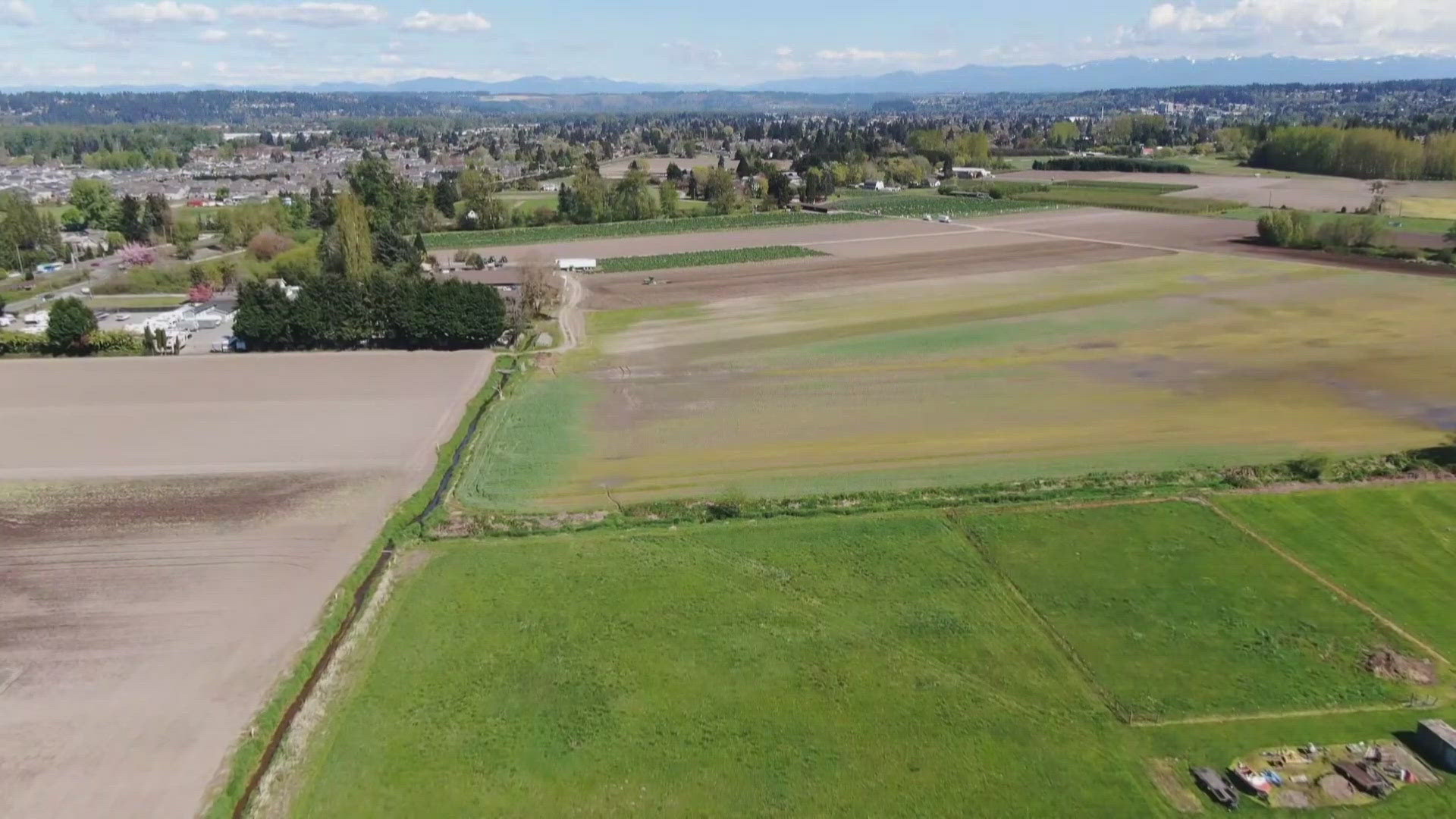Biologists will be scouring wetlands in Central Northwest Washington next week looking for swans to check on their health and welfare.
One biologist does it nearly every day.
"I never know what I'm going to find," said Northwest Swan Conservation Association Executive Director Martha Jordan.
Hike along with Jordan and you risk seeing nothing or seeing exactly what you came for.
"Well, you're in luck," she said, pointing to a swan about 50 yards away.
A trumpeter swan was all alone, hugging the shoreline.
"That bird is sick. It would not be here if it weren't sick," she said.
Through her scope, Jordan can see it gasping for breath.
"Looking for any other dead birds. I don't see any."
Dead birds are Jordan's life. Her dog, Moss, helps her retrieve them. Most die from flying into power lines or poisoning from eating the remains of lead shot and lead fishing gear. In 2015, lead poisoning caused a major swan die-off.
It's why the birds are so important to monitor.
"They're big. They're obvious and they're sort of the canary in the coal mine for waterfowl," Jordan said.
Last year's swan survey counted just under 20,000 swans. Jordan says it's important to leave them alone. Even walking too close to them is enough to cause the birds severe stress.
"We want to stop that kind of harassment because, not only is it illegal, but the birds themselves need to be able to feed and to safely feed so they can put on the weight, so they can and migrate and be on breeding grounds in excellent condition for reproduction," she said.
In the last couple months, WDFW has recorded about 110 swans found dead.


